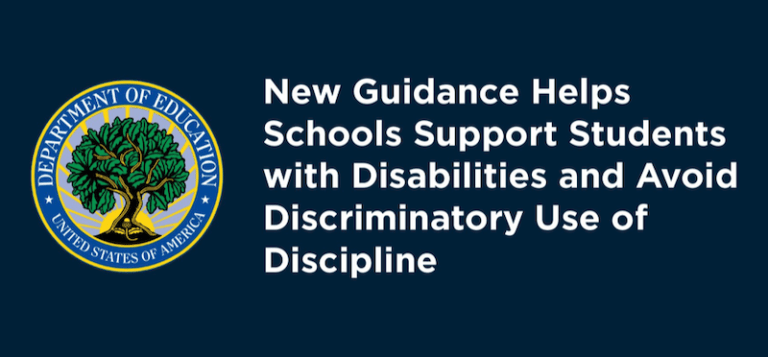By Jake Blumgart
There’s a vast difference between working in an unionized district and working in an unorganized charter or public school.
At the end of the 2012-2013 school year, two of America’s largest school districts, Chicago and Philadelphia, closed a total of 73 public schools between the two cities. Thousands of employees were laid off, including many food service, janitorial and security workers. In Philadelphia alone, 1,202 safety staffers who prevent violence when students aren’t in class, were laid off.
“The last day of work was absolutely the hardest day of my life,” says Takeeva Thompson, who was just laid off from her job in the cafeteria of Kohn Elementary, an overwhelmingly African-American school in deep Southside Chicago. “I know we are looked at as being the unimportant staff in the school, but I took pride in what I did and I appreciated the relationship I had with those kids. I helped buy uniforms, I helped with homework, I helped with funerals because we lost children to gun violence. We are like second and third mothers to a lot of those children.”
Thompson’s job included helping the cooks prepare hot meals and doing other work around the kitchen, cleaning meat, chopping up fruits and vegetables, and keeping everything organized, but she often ended up assuming duties well outside of her official job. Thompson was part-time, usually working about five hours a day for about $12 or $13 an hour. But as a member of UNITE HERE Local 1 she received comprehensive healthcare and paid holidays, sick days and vacation.
“District-operated employment in these areas [custodial, food service, and transportation] provides good, stable jobs for community people looking for part-time work, for those with less formal education, for single parents,” according to a 2008 report from the Great Lakes Center for Education Research & Practice. “Mistreatment of local employees…harms the social well being of the community. …Prior to outsourcing, many custodians, bus drivers and cafeteria workers have extensive employment history in their districts. Most live in the local community.” The authors go on to cite a 2004 Oregon study about contracting out non-teacher services, which found that for every 25 privatized jobs in public schools there is “a loss of $233,000 in earnings that would have been spent in the local economy.”
Thompson knows people who have ended up working in support position in charter schools, where they were paid between $9.22 and $10.80 an hour with healthcare benefits too expensive to afford.
More>>



